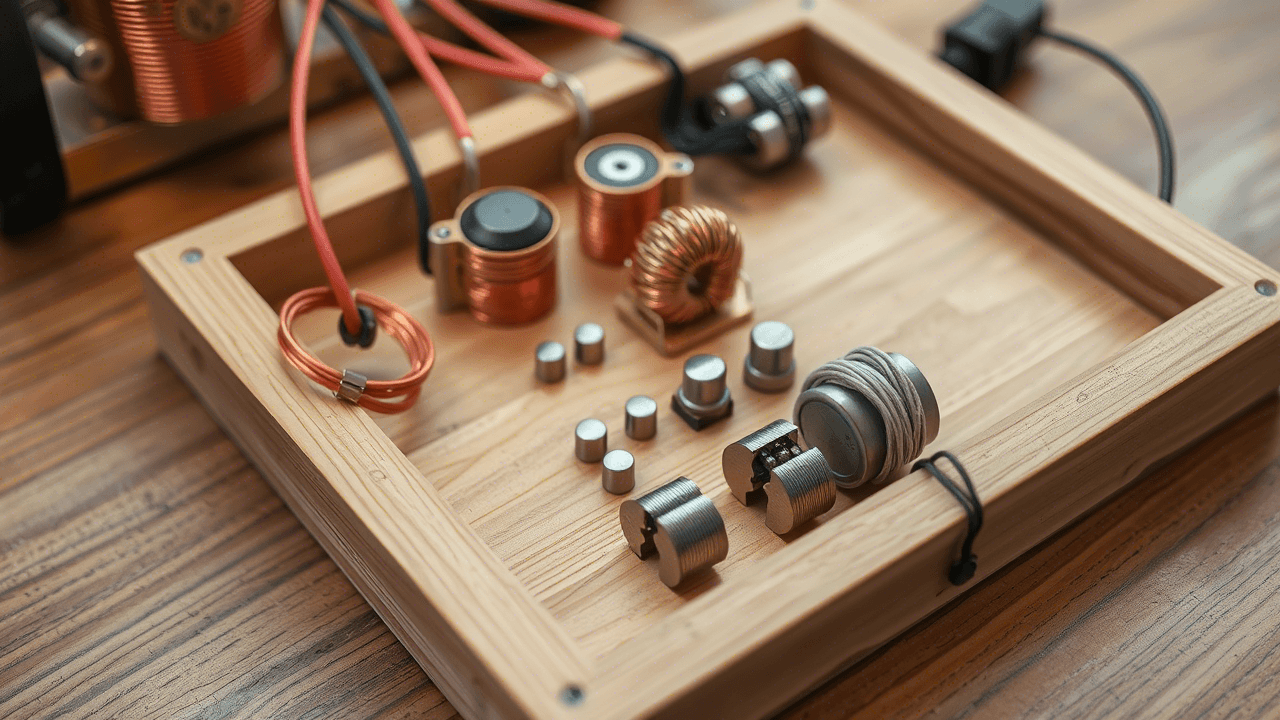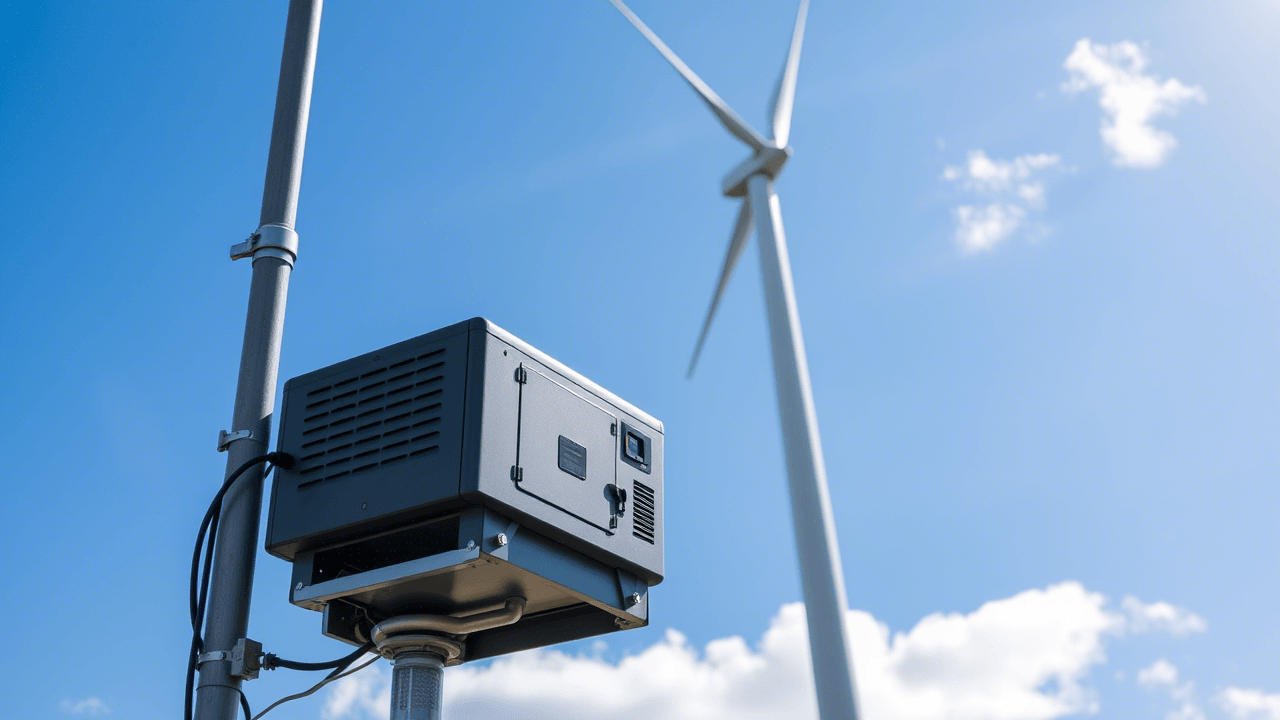
The Lost Generator Review: DIY Free Energy Plan
Introduction to The Lost Generator
In a world where energy costs are rising and power outages are becoming more frequent, the need for reliable, affordable, and sustainable energy sources has never been greater. Enter The Lost Generator —a unique, off-grid power system that claims to harness forgotten science and long-lost blueprints from the early 20th century to generate clean, free electricity at home using simple materials.
Marketplace as a DIY energy generator , The Lost Generator is not a physical product but rather an instructional guide that teaches users how to build their own small-scale generator using easy-to-source components like copper wire, magnets, and basic tools. The system is based on principles of electromagnetic induction—similar to Nikola Tesla’s early experiments—and promises to provide a viable alternative to traditional grid-based electricity for homeowners, preppers, campers, and off-grid enthusiasts .
This in-depth article explores everything you need to know about The Lost Generator , including:
What it is and how it works
Who can benefit from building it
Step-by-step overview of the process
Pros and cons of the system
Real user reviews and testimonials
Image prompts for content visuals
SEO optimization tips
By the end of this guide, you'll have a comprehensive understanding of whether The Lost Generator is a practical solution for your energy needs—or just another digital hype.
What Is The Lost Generator?
The Lost Generator is a downloadable PDF e-book that reveals a step-by-step method for constructing a hand-cranked or wind-powered generator capable of producing usable electricity. According to its creators, the design was inspired by old engineering diagrams and forgotten patents from the early 1900s—blueprints that were lost to time until now.
Unlike modern solar panels or high-tech battery banks, The Lost Generator requires no advanced knowledge or expensive equipment to build. It uses magnetic coils and copper wiring to create a self-sustaining flow of electricity through manual or wind-driven motion. This makes it ideal for emergency situations, rural living, or anyone looking to reduce their monthly electric bill.
Key Features of The Lost Generator:
Simple DIY construction with common household materials
No need for fuel, sunlight, or external charging
Portable and scalable for different power needs
Environmentally friendly and sustainable
Based on proven physics and electrical engineering principles
It's important to note that The Lost Generator is not a miracle device that produces unlimited energy without any input—it still requires mechanical input (like cranking or wind movement) to function. However, when used correctly, it can power small appliances, LED lights, phone chargers, and even laptops during emergencies.
How Does The Lost Generator Work?
At its core, The Lost Generator operates on the principle of electromagnetic induction , discovered by Michael Faraday in 1831. This phenomenon occurs when a conductor (such as a copper coil) moves through a magnetic field, generating an electric current.
Here’s a simplified breakdown of how the generator works:
Step 1: Build the Frame
Using wood, PVC pipes, or metal rods, construct a stable base to hold the generator components together.
Step 2: Mount Magnets
Attach strong neodymium magnets around a rotor or spinning wheel. These magnets will pass over copper coils during rotation.
Step 3: Wind Copper Coils
Wrap copper wire tightly around a form to create multiple coils. These act as conductors that interact with the magnetic field.
Step 4: Connect the Circuit
Hook up the coils to a rectifier and battery bank to convert alternating current (AC) into direct current (DC), which can be stored or used immediately.
Step 5: Power On
Turn the crank manually or let the wind spin the blades attached to the rotor. As the magnets move past the coils, electricity is generated.
While not capable of running an entire house, The Lost Generator can reliably provide low-voltage power for essential devices in times of crisis or when grid access is limited.
Who Can Benefit From The Lost Generator?
This generator blueprint is particularly appealing to several types of individuals and communities:
1. Preppers and Survivalists
For those preparing for natural disasters, blackouts, or economic collapse, The Lost Generator offers a way to maintain basic power independently.
2. Off-Grid Living Enthusiasts
People living off the grid in cabins, RVs, or remote areas can use this generator to supplement their energy supply without relying on solar or gas generators.
3. Homeowners Seeking Emergency Backup
Homeowners can keep a small version of the generator on hand to power essentials like communication devices, flashlights, and medical equipment during power outages.
4. Educators and Hobbyists
Teachers and students interested in learning about electricity and physics can use The Lost Generator as a hands-on educational tool.
5. Budget-Conscious Individuals
Those looking to cut utility bills or live more sustainably can integrate this generator into their lifestyle for partial energy independence.
Pros and Cons of The Lost Generator
Before purchasing or building The Lost Generator , it’s important to weigh the advantages and limitations of the system.
✅ Pros:
Affordable and accessible to beginners
Environmentally friendly and sustainable
Easy to repair or upgrade
Teaches valuable skills in renewable energy
Offers peace of mind during power outages
❌ Cons:
Limited power output (not suitable for large appliances)
Requires manual labor or consistent wind source
Not a full replacement for grid electricity
Initial setup may require some technical learning
Overall, while The Lost Generator isn’t a substitute for commercial-grade energy systems, it provides a practical, low-cost solution for basic power generation when other options aren’t available.
User Reviews and Testimonials
As with most digital products, real-world feedback helps determine credibility. Here are some verified user experiences shared online:
"I built my first generator in under two hours using parts from a local hardware store. It doesn’t run my AC, but it powers my laptop and phone during storms."
"My dad and I made one together. It was a great bonding project, and now we have a backup light source during camping trips."
"It’s not going to replace my solar panels, but it’s a great side project for surviving short-term outages. Definitely recommend for tinkerers."
"A bit exaggerated in marketing, but the instructions are solid. You get what you put in—this isn’t a magic box."
While expectations must be realistic, many users appreciate the simplicity and accessibility of the guide.
Video Tutorials and Build Examples
To help visualize the construction process, many YouTube creators and DIYers have uploaded tutorials demonstrating The Lost Generator in action. These videos often show:
How to assemble the generator from scratch
Testing the output with multimeters
Integrating the generator with battery packs
Using it in real-life scenarios like camping or power outages
If you're a visual learner, watching these builds can greatly enhance your understanding of the system and increase your chances of success.
Frequently Asked Questions (FAQ)
Yes, the system is based on real scientific principles. However, it’s not a "free energy" machine—it still requires mechanical input to produce electricity.
Do I Need Technical Skills to Build It?
No formal training is required. Basic handiness and reading comprehension are sufficient to follow the guide.
Where Can I Buy The Lost Generator?
You can purchase the instructional guide directly from its official website . Be cautious of third-party sellers offering counterfeit versions.
How Much Does It Cost?
Typically priced between $39–$49, the digital download includes lifetime access, video support, and bonus guides.
Get Special OFFER 39% OFF Claim HERE
Is There a Money-Back Guarantee?
Most official sales pages offer a 60-day refund policy , allowing buyers to test the guide risk-free.
Conclusion: Should You Invest in The Lost Generator?
The Lost Generator is a compelling option for anyone interested in energy independence, sustainability, or emergency preparedness . While it won’t replace your main power source, it serves as an excellent backup solution that empowers you to take control of your energy needs.
Whether you're a survivalist, a hobbyist, or simply curious about renewable energy, this DIY generator guide is worth exploring if you value self-reliance and innovation.
Ready to start building your own generator? Head to the official site, download the guide, and begin your journey toward becoming energy-independent today.
Subscribe now.
Sign up for our newsletter to get the most interesting stories of the day straight to your inbox before everyone else



